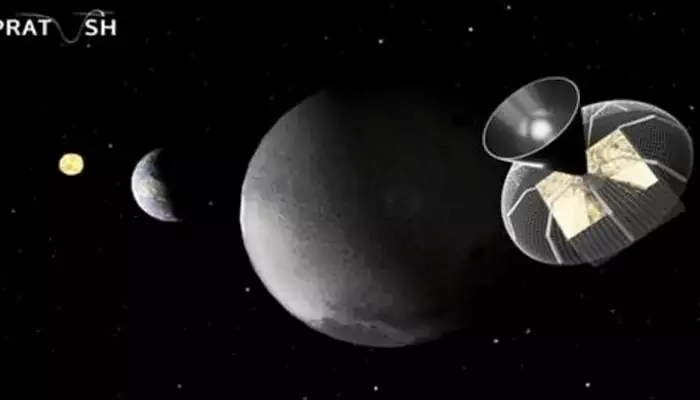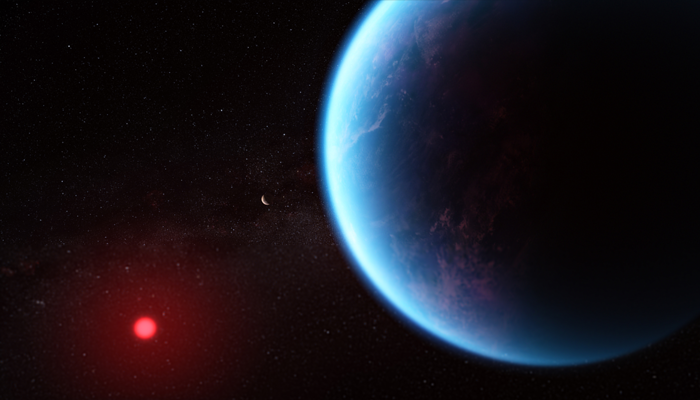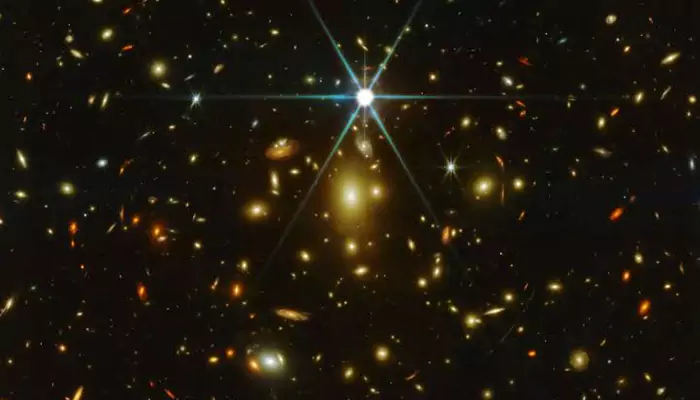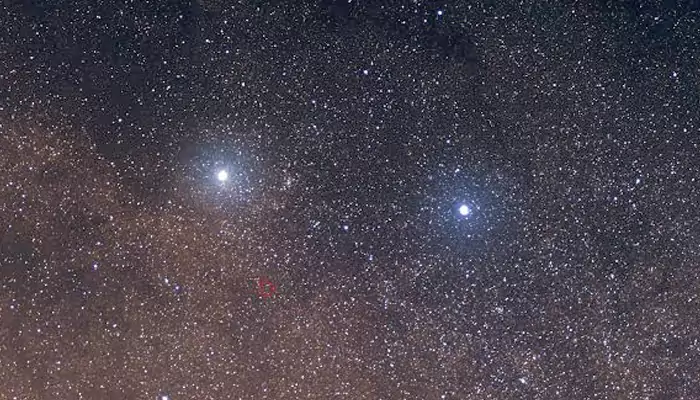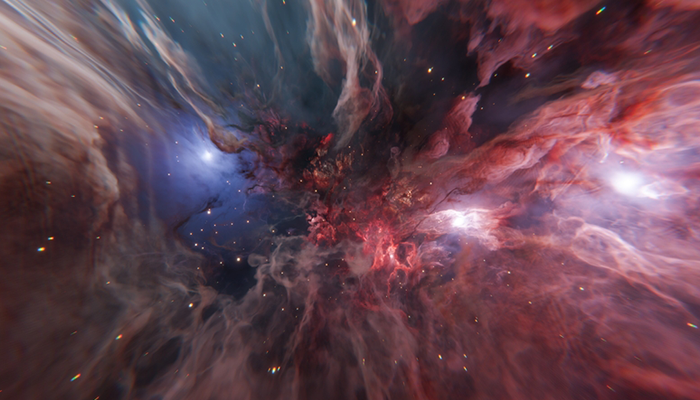
Here are today’s most important updates from the realm of Science and Space.
Cosmic Cuisine: Asteroids as the Next Frontier in Space Food
Scientists hypothesize that asteroids might be uses as a food source for astronauts during long-duration interplanetary missions. Well, it is not consuming rock samples, the idea is converting the mineral substances from the space rock into nutritious biomass. The unique method as published in The International Journal of Astrobiology tells about breaking down space rocks through chemical and physical methods, followed by bacterial degradation and turning it into edible biomass. According to experts, this is still only a concept which needs further investigation for toxicity. This study highlights humanity’s desire to find innovative solutions to sustain life in deep space.
Hubble Discovers a Strange New Galaxy Shape in the Cosmos

This NASA/ESA Hubble Space Telescope discovered a galaxy named NGC 4694 of peculiar shape. Usually, majority of galaxies fall into two basic types. The first type is spiral galaxies are young and more energetic, they are filled with the gas required to generate new stars, along with spiral arms. The second type is Elliptical galaxies with pedestrian look, their light comes from a uniform chunk of older as well as redder stars. However, the NGC 4694, located 54 million light-years from Earth in the Virgo galaxy cluster, has a smooth-looking, armless disk without any signs of star formation. This peculiar galaxy has generated interest among scientists and further studies can only reveal it's actual identity.
Sleepless Nights? PFAS Chemicals Could Be the Hidden Cause

A new study revealed the concentration of "forever chemicals" of PFAS in the blood are linked with sleep disruptions. PFAS stands for Per- and Polyfluoroalkyl Substances. They are also known as ‘Forever Chemicals’, a large chemical family consisting more than 10,000 highly persistent chemicals that are not generally found in nature. As per recent study, PFAS are most persistent synthetic chemicals discovered till date. Generally, PFAS are used in manufacturing wide range of consumer goods including food packaging, non-stick cookware, cosmetics, electronic devices like smartphone, textiles, and so on.
At least four types of PFAS such as PFDA, PFHxS, PFOA and PFOS are significantly associated with poor sleep quality, as mentioned in the study.
The White Continent Turns Green: Alarming Signs from Antarctica

Antarctica, the coldest area on this planet, has experienced extreme heat events in recent years. As a result, Antarctica's vast white landscape has started turning into continent green, according to a new study. A group of researchers, using satellite data, discovered plant life, especially mosses or green cover, which has increased 10-fold in last 40 years. From only 0.4 square miles in 1986, the vegetation cover grown over 5 square miles in 2021, the study reported. Shockingly, during 2016 to 2021, there was 30 % growth. The study reveals extremely remote areas like Antarctica has not escaped from anthropogenic climate change.





